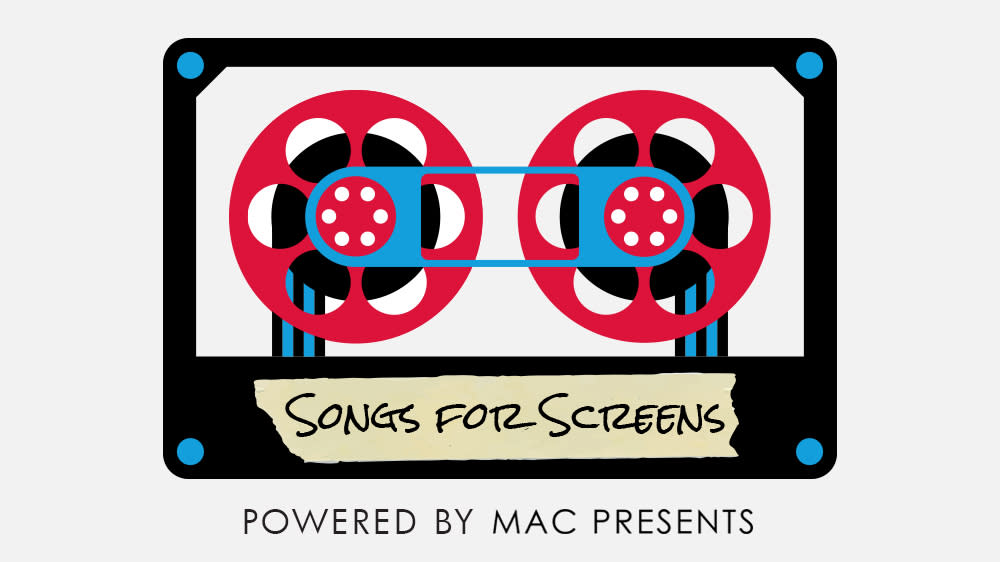Songs for Screens: How Aussie Newcomers The Faim Became Six-Figure Synch Stars

Rob Nassif knew he had a unique challenge when he took on management duties for quartet the Faim. Not only does the band make moody, cinematic alt-rock at a time when rock’s share of streaming activity dipped from 19% to 11% in 2018, according to BuzzAngle. Its members also hail from Perth in Western Australia, located nearly 4,000 kilometers away from Sydney and the heart of the country’s music scene.
“When you’re trying to break a baby band and they come from one of the most isolated cities in the world, it already gets the manager thinking, ‘How are you gonna do that?’” Nassif says.
Luckily, Nassif had experience from being in an artist’s shoes, having spent years as a drummer for the band Gyroscope, which spent years paying dues on the Aussie music circuit before a national synch helped the band score a No. 1 album in Australia. “Because [the Faim] come from such an isolated place, that means we have to work much harder and be more creative. And synchs are a great way to do that.”
A smart, strategic synch strategy became the charge for potential label partners, too, who began courting Nassif and the band in 2017 before ultimately signing globally with BMG. “We were very enthusiastic about their synch potential from the jump,” says Jonathan Palmer, BMG’s senior VP of creative synch. “There are no sure things in our world, but this band is as close as it gets. A hint of Imagine Dragons, a little Fall Out Boy, but wholly their own sound. Great for a wide range of opportunities.”
But in order to get the Faim’s music on supervisors’ radar, they needed a back-door pilot version of a synch — “a proof of concept,” as Palmer says. So BMG’s UK team submitted the Faim for a global Coca-Cola campaign featuring a cover of Blondie’s “One Way or Another,” an iconic BMG copyright. Despite the tight one-week turnaround deadline, Nassif prioritized recording sessions for the band in between a frantic tour schedule that had them hopping from eastern Australia to New Zealand to London in a five-day period.
“Two days later, Coke had already got back to us and said, ‘Yes, this is perfect, this is what we want,’” says Nassif. “They were pitching to 56 other bands, but now that synch has been played in 18 European markets and continues to get extensions and earn the band money. But more importantly, it’s been great exposure.”
In the States, the campaign helped open doors to TV music supervisors, including Fusion’s Chris Mollere, who licensed the Faim’s original song “Make Believe” for a recent episode of The CW’s “Vampire Diaries” spinoff “Legacies.” Says BMG’s Palmer, “Synch doesn’t always beget more synch, but it sure doesn’t hurt. We always saw ‘Make Believe’ as a standout when we got hold of the EP and started sending it out in advance of the release last summer. ‘Make Believe’ has so many components that make it a perfect synch pitch: a strong lyric, a hook built on a synch-tastic word, and a pumping track that builds to an emotional payoff. Alex Williams, the creative synch manager on my team, pitched to Chris Mollere, who has such a great ear and knows the tone of his shows. You never know what’s going to resonate, but this one is.”
To date, the Faim has accumulated more than six figures from sync activity, Nassif says, and has toured the States, Europe and Australia multiple times in the past year alone with only an EP to its name. BMG plans to release the band’s full-length debut in September, featuring production work from John Feldmann (Blink-182, Goldfinger) and following co-writing sessions with Pete Wentz, Mark Hoppus, Twenty One Pilots’ Josh Dun and others. And if the synch streak continues, the Faim could be well on its way to following in its famous collaborators’ footsteps.
“It’s a case study we use all the time,” says Cyndi Lynott, BMG’s VP of marketing. “In the case of the Faim, it’s an Australian band that was signed out of Los Angeles but broke out of Germany and is headlining in Europe first. It’s such a global band. There’s so much work and time and money that goes into developing a band from the ground up, all the touring and marketing. So for the music to have all this synch revenue is extremely helpful for the longevity of the campaign. A lot of labels reach a point where they’re like, ‘OK, we’ve spent this much money – are we gonna continue or not?’ And the Faim has always been a global developing priority, so to be able to tap into this income source that not a lot of our other bands have has been really helpful.”
Songs for Screens is a Variety column sponsored by music experiential agency MAC Presents, based in NYC. It is written by Andrew Hampp, founder of music marketing consultancy 1803 LLC and former correspondent for Billboard. Each week, the column will highlight noteworthy use of music in advertising and marketing campaigns, as well as film and TV.
Sign up for Variety’s Newsletter. For the latest news, follow us on Facebook, Twitter, and Instagram.

